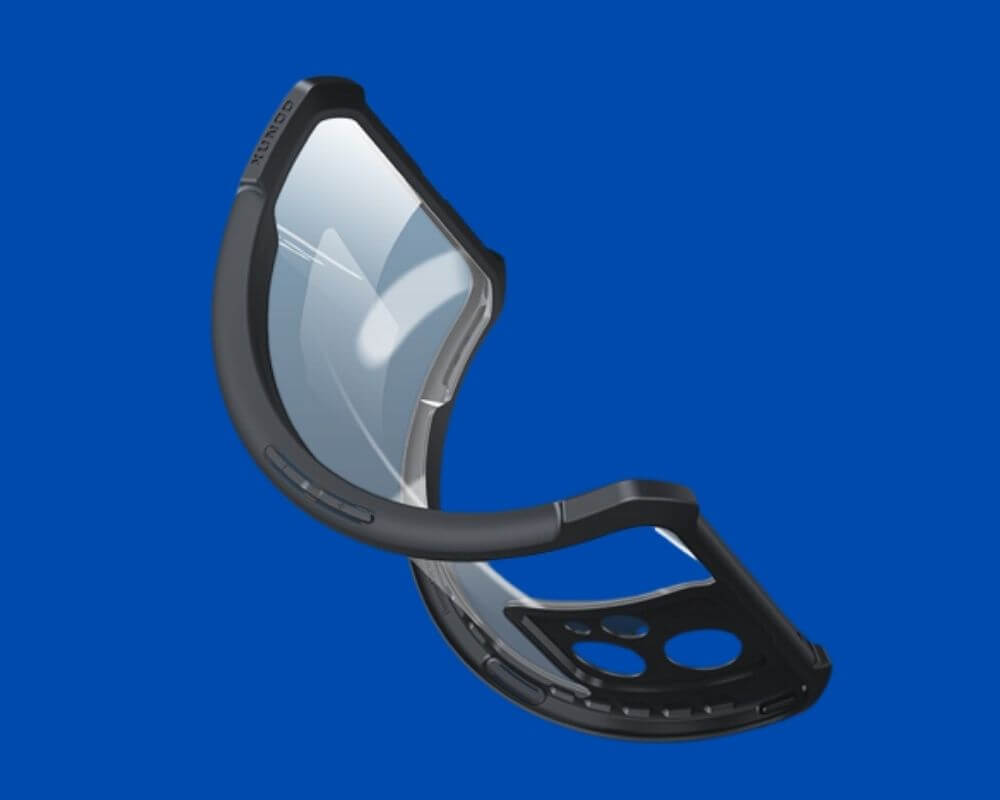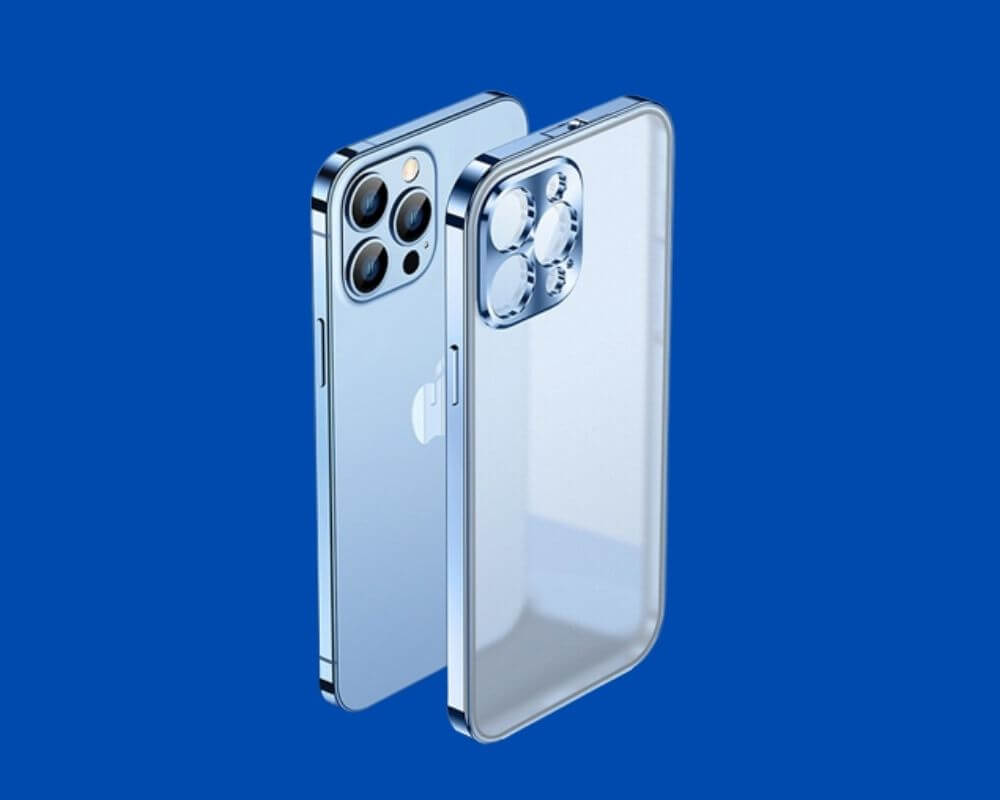You grab your phone, it slips, and time slows down. It tumbles toward the pavement, lands hard, and your heart sinks. When you pick it up, cracks stretch across the screen. Your so-called “protective” case? The best case? Useless.
Most people don’t think about their phone case until it fails. They pick something stylish or cheap, assuming it’ll do the job. But not all cases and covers protect the way they should. Some barely absorb impact, some block charging, and some wear out in months. A case isn’t just a fashion accessory—it’s insurance for your iPhone or Android device.
Smartphone repairs aren’t cheap. A cracked screen typically costs between $200 and $400, and replacing a back panel can set you back even further. Yet, the right case can prevent those costly mistakes entirely. This guide cuts through marketing fluff to show you what works—so your phone survives its next fall.
Why Your Phone Habits Decide the Case You Need?
Before buying a case, ask yourself: how do you use your phone? Your habits dictate the level of protection you need. A one size fits all approach doesn’t work here.
The Careful User: You handle your smartphone with precision, rarely drop it, and want to maintain a slim profile. A minimalist TPU case with raised bezels will be enough.
The Everyday Dropper: You’ve cracked more screens than you can count. A dual layer rugger bumper case with reinforced corners is a must to absorb impact.
The Traveler or Commuter: Your phone is always in and out of pockets, or bags. A crossbody wallet with a removable strap or MagSafe-compatible case makes daily use smoother.
The Outdoor Worker or Adventurer: If you’re around dust, water, or rough terrain, a phone pouch or waterproof case with an IP68 rating and port covers is the safest option.
Your lifestyle matters as much as the case itself. Choosing based on real-world needs ensures you don’t end up with something impractical.
What Phone Case Materials Protect and What Doesn’t?
Not all phone case materials are created equal. Some wear out fast, some look premium but don’t protect, and some strike the perfect balance. Here’s what you need to know:

Silicone & TPU
These materials are flexible and absorb shock well. TPU (thermoplastic polyurethane) is especially good for preventing slips and cushioning small falls. However, they degrade over time, attract lint, and can stretch out.
Hard Plastic
Polycarbonate and ABS plastic are scratch-resistant and rigid, but they lack natural shock absorption. If a case is all hard plastic with no inner lining, it won’t absorb impact well. A better choice? A hybrid case with a TPU inner layer and a hard plastic shell.
Leather
Leather feels great in hand and develops a unique patina over time. However, leather and Alcantara cases provide little drop protection unless they’re reinforced with a shock-absorbing core. They also require upkeep to avoid stains and cracks.
Metal
Aluminum and titanium cases look durable, but they’re heavy, block wireless charging, and can make drops worse by transferring shock instead of absorbing it. They do dissipate heat better than other materials, but that’s hardly a reason to use them. Unless you need extreme protection, they’re not the best option.
Eco-Friendly Cases
With biodegradable plastics and recycled materials on the rise, eco-conscious options exist—but not all are built to last. If sustainability matters, look for FSC-certified wood, compostable plastics, or cases made from recycled TPU.
How Drop Protection Works and Why Most Cases Fail?
Brands love throwing around terms like “military-grade protection”, but most of those claims are meaningless. The real question is: how does a case handle impact?
Key drop protection features:
- Reinforced Corners: Drops usually happen at an angle, and corners take the most damage. Shockproof cases with air-cushioned or impact resistant edges help prevent cracks.
- Raised Bezels: A good case keeps your screen and camera lens from touching flat surfaces when dropped.
- Multi-Layer Construction: Cases that combine TPU for shock absorption and polycarbonate for structure offer the best defense.

Certain cases make drops worse—especially ultra-hard plastic or metal ones. When it comes to drop protection, engineering beats marketing every time.
Why a Bad Case Ruins Your Phone and Makes Life Harder?
A bad case doesn’t just fail to protect—it makes using your phone harder. If a case blocks access to buttons, ports, or wireless charging, it’s a liability, not an asset.
Common problems with poorly designed cases:
- Button Stiffness: Some cases make pressing power and volume buttons difficult, leading to frustration.
- Port Blockage: Poorly cut openings can make charging or using wired headphones a hassle.
- Muffled Sound: A few cases interfere with speaker output, reducing audio clarity.
- Wireless Charging Interference: Thick or metal cases can block or slow down Qi and MagSafe charging.
The best cases enhance usability, not limit it. A case should feel like an extension of the phone, not an obstacle to basic functions.
Which Phone Case Features Matter and Which Are a Waste?
Some phone case features are useful, while others are just marketing gimmicks. Here’s what matters:
Worth It:
- Kickstands: If you watch videos often, a sturdy built-in kickstand adds real convenience.
- Detachable wallet: Useful for minimalists who want to carry cards and cash with their phones.
- Waterproofing: Essential for people working in wet or outdoor conditions.
Overrated:
- Built-in Screen Protectors: They reduce touch sensitivity and scratch easily.
- Extra-Thick “Armor” Cases: Unless you work in extreme conditions, they add unnecessary bulk.
How Much Should You Really Pay for a Phone Case?
A $5 case will likely wear out quickly—stretching, cracking, or yellowing within months. But not all expensive cases are worth it. Certain brands charge over $60 for basic protection, simply due to branding and marketing costs.
The $15-$50 range usually offers the best balance between protection, quality, and durability. Investing in well-engineered materials pays off by extending the life of both your case and your device.
Conclusion
A phone case isn’t just a must-have accessory—it’s your device’s first line of defense. The best case is the one that fits your lifestyle, enhances usability, and protects against real-world drops.
Too many cases fail where it matters most—either by making smartphones frustrating to use or offering a false sense of security. The smartest choice is one that feels natural, protects efficiently, and lasts over time.
Now that you know what truly matters, which phone case best matches your needs?
